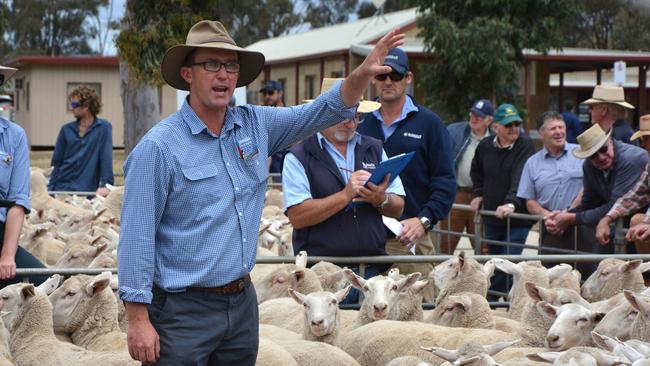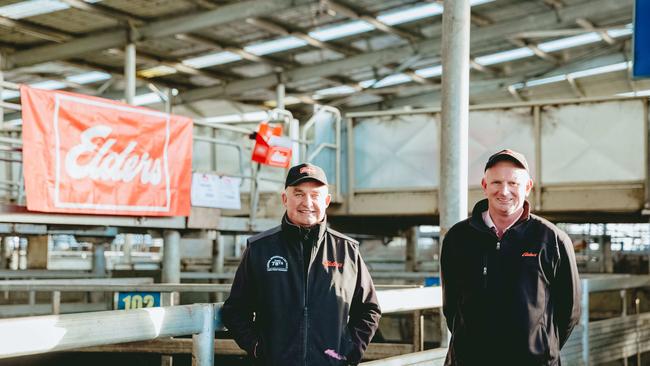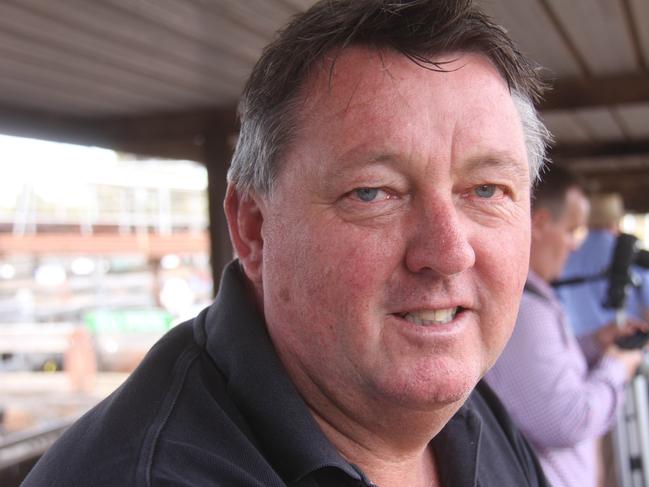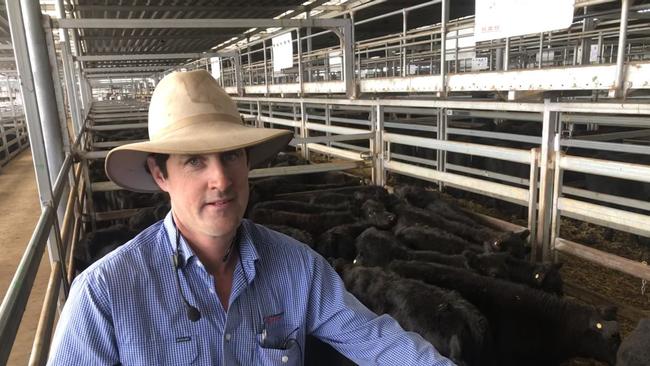Options for producers in cheap livestock markets
Sheep prices nearly doubling from one week to the next at Bendigo shows the potential for livestock markets to recover from their extreme lows.
Sheep prices nearly doubling from one week to the next at Bendigo shows the potential for livestock markets to recover from their extreme lows.
In terms of dollars sheep went from $20-$40 to more like $30 to $70 last Monday – not exciting money considering where mutton values used to trend but highlighting how a market can just as quickly bounce-up as slide down.
And then they lost almost all of that fall early this week, dipping by $15-$20.
The price spike at Bendigo last week appeared to be linked to the public holiday in NSW which cancelled its regular Monday sheep markets of Dubbo and Corowa, and reports farmers have started to withdraw ewes from direct to processor bookings due to the low prices on offer.
Some abattoirs were also concerned about the forecast rain interrupting transport and logistics for over-the-hook stock.
It meant there was a subtle shift in demand, with a couple of meat buyers pushing for numbers and creating a much dearer market compared to just a week prior.
Was Bendigo a sign the worst for mutton is over? Possibly not with the spring flush still to happen and what happened this week where prices fell again.
But it highlights the potential upside for livestock and perhaps should challenge farmers to look at options as there is a strong argument current values are too cheap and can’t be sustained at such low levels.
The Weekly Times asked several agents for their pick of livestock which appear to offer considerable value in a market awash with cheap stock.
Nutrien auctioneer Nick Byrne, Bendigo

For people wanting a low cost and easier care option for late spring feed and summer stubbles Mr Byrne suggested Merino wether hoggets. He said the wet conditions last year prevented a lot of Merino lambs making the grade which meant they were shorn and carried over. Now their value has been capped at depressed mutton rates meaning they can be purchased for less than $50.
“They are an animal you wouldn’t have to tip a lot of expensive grain or hay into (to finish) and a decent Merino pelt is still worth something – you could possibly cut your way out of them with wool.
“And as we’ve seen at Bendigo the mutton market has plenty of room to improve.”
Elders agent Michael Foote, South Gippsland

He said while all cattle looked good buying at present, he favoured steers with a bit of age and weight that could make feeder or slaughter specifications by the autumn.
“I think a lot of heavy slaughter cattle have already been sold and if it stays dry we could see demand pick-up for steers with weight and finish in the autumn.”
Mr Foote said store conditioned Friesian steers had also looked very cheap at recent markets, many costing less than 80c/kg liveweight.
“If you can get a bit of back on them (fat cover and finish) and the cow market picks up then there should be some good upside in them. The manufacturing beef market into the US certainly looks good.”
He said he believed in the following quote: “Markets never stay real cheap or real dear for a long time”.
Nutrien auctioneer Daniel Fischer, Wangaratta

Favours the option of well-bred Angus heifers ready to join.
“It is a way for people to get a younger herd in place or have younger replacement breeders coming on for low money.”
With most heifers now costing less than 200c/kg, it was possible to buy joinable size yearlings for less than $700.
“A 350kg heifer doesn’t eat a lot, put a bull out and a heifer and calf is worth $1500 to $1600 and you have the option of carrying it on.”
Nutrien agent Terry Ginnane, South Gippsland

Believes tucking little calves away at low cost has to be a profitable move.
“All those little calves, particularly heifers at under $400 – its hard to imagine not making money out of them unless the industry is cooked and I don’t think it is. The longer term outlook for cattle remains solid.”
Mr Ginnane said the current crisis in livestock was akin to riding out a downturn in the share market.
“When shares collapse you get good advice and buy quality stock and you usually come out alright, and I’d take the same approach with cattle.”
Justin Keane, Corcoran Parker, Wodonga

Would buy quality cattle around 300kg with the emphasis on quality.
“I would be looking at quality steers or heifers about 300kg. They are on the verge of being a feeder animal and have been cheap comparatively.”
“My tip is to buy at the better end of quality and if you have the ability to feed cattle into the new year and put weight on, buying a well-bred steer or heifer around this weight could look very good value when you sell.”
Overall, as all these agents pointed out “you really can’t put a foot wrong” with purchasing stock at today’s low prices, provided you have ability to feed and hold stock without being pressured into selling.
They said there were a few issues holding people back — fears the market could get even cheaper, guessing how severe the El Nino could be, and being confused by options.
“If you have feed everything looks cheap at the moment and I think some people are almost overwhelmed by what they could do – cows and calves, steers or even sheep,” Mr Fischer said.
For those sitting back waiting for the market to slip lower in the hotter weather, agents said they ran the risk of loosing the best value from their green feed and missing out on good weight gain now.




